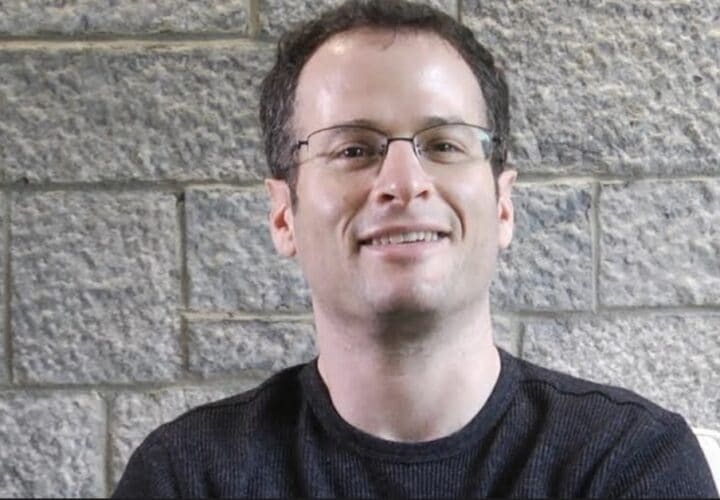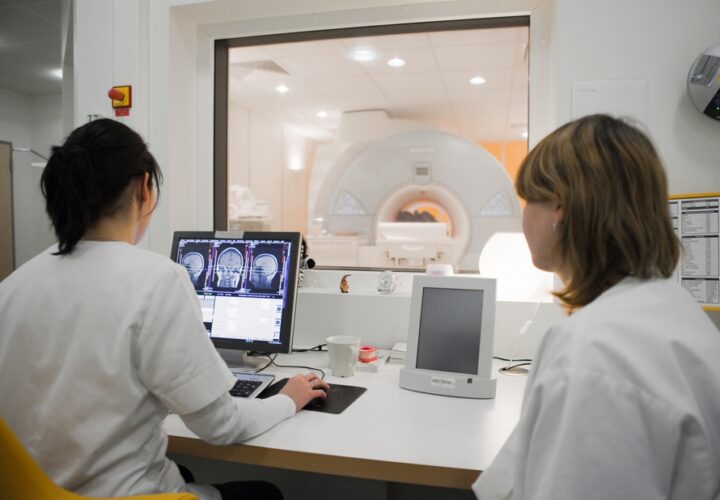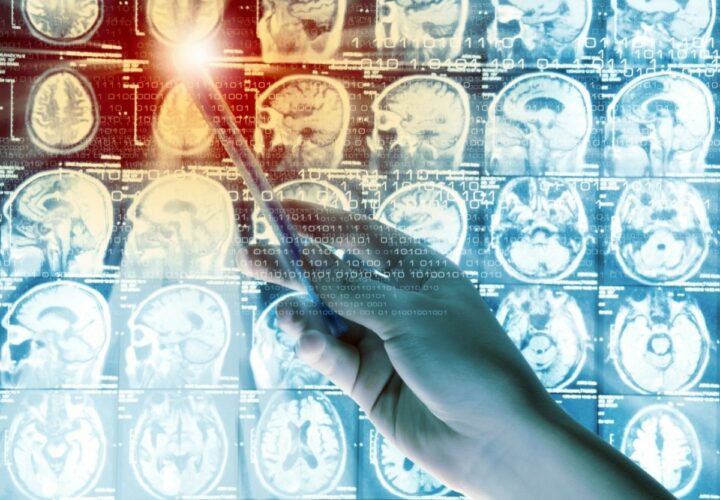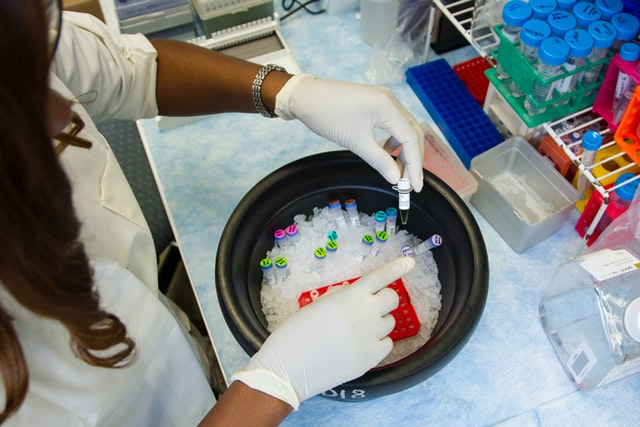Benjamin Stecher asks: Why is it taking so long to find cures and treatments for diseases like Parkinson's and Alzheimer's?
Benjamin Stecher was diagnosed with Parkinson’s disease at the age of 29. He has since become actively involved in Parkinson’s disease research and advocacy. He is the founder of Tomorrow Edition, where he has interviewed close to 80 experts in Parkinson’s disease. He sits on several patient advisory boards and speaks and consults regularly at academic labs, biotech and pharmaceutical companies, working to bring better therapies for people diagnosed with Parkinson’s disease. He is also the co-author of Brain Fables: The Hidden History of Neurodegenerative Diseases and a Blueprint to Conquer Them.
Medical science is progressing slower than the rate at which the neurons in my brain are dying.
That was the uneasy conclusion I reached after half a decade spent traveling the world, going from one research center to the next, talking to all the experts I could, trying to find out what could be done to stop or at least slow my neurodegeneration. You see, I was diagnosed with Parkinson’s disease at 29. It took me a few years to wrap my head around it, but at 32, I left my career behind to dive head-first into this field and find out as much as I could about researchers’ work.
I have since visited dozens of academic labs and biotech companies, spoken at length with hundreds of the world’s leading experts, and formally interviewed 80 of them for my site – all confirming what I had slowly come to suspect. No matter how much I might hope for a cure or how many articles I read about breakthroughs around the corner, medical science today just does not have the tools or insights to effectively tackle the degenerating human brain.
That is in part because we simply do not understand how biology works. We know more about the inner workings of stars billions of light years away than we do about what goes on inside the cells that make us who we are. As acclaimed biochemist and Professor at the University of Dundee in Scotland Dario Alessi put it in my interview with him:
“Generally, I think we understand less than 1/10,000 of all that there is to understand in biology. We know virtually nothing about how biology is controlled and how it works.
We have 20,000+ genes, each with many different variants, which are all expressed at different levels, in different ways, in different cells. They probably make hundreds of thousands of RNA molecules and millions of forms of proteins that get modified in a number of ways. All of these things interact and form the various parts of the cell. Also, as you interact with your environment and consume energy, DNA accumulates damage that also affects how cells function. All of this is like a big boiling pot with millions of things thrown in; you can’t really understand it.”
To make matters worse, we have convinced ourselves that despite all that we don’t know, we do know what is going wrong in people with neurodegenerative diseases. We have nice stories explaining how the protein aggregates in the post-mortem brain of a person with a neurodegenerative disease were responsible for the individual’s symptoms. But the universe is indifferent to the stories we tell. Those aggregated proteins, whether they are the beta-amyloid sheets and tau tangles that build up in Alzheimer’s, or the alpha-synuclein accumulations in Parkinson’s, fail to explain the complexity we see in people with these diseases. They are certainly a sign that something is wrong. But we have made the leap to thinking they are the cause of what is wrong.
What’s more, the aggregated proteins aren’t even unique to the diseases we associate with them. As my co-author Dr. Alberto Espay demonstrates in our recently released book Brain Fables, nearly 80 percent of people who pass away with Parkinson’s disease have enough beta-amyloid in their brains to also fit the criteria for having Alzheimer’s disease. To quote from Brain Fables:
“Biology does not have an equivalent for what we call Parkinson’s or Alzheimer’s. Neither is there one for multiple sclerosis, multiple system atrophy, frontotemporal dementia, or progressive supranuclear palsy. All of them are labels that neurologists created to make sense of a spectrum of clinical observations from different patterns of accelerated brain aging.
Our clinical definitions help triage people into groups. For instance, mobility problems are classified as Parkinson’s, cognitive impairment as Alzheimer’s. However the line separating the two is porous. Most people diagnosed with Parkinson’s will experience cognitive decline, and most with Alzheimer’s will have their mobility impaired. On autopsy, the amyloid and tau protein build ups we have come to recognize as the hallmarks of the Alzheimer’s brain are commonly found in the brains of people with Parkinson’s. Conversely, the aggregates of synuclein believed to be responsible for Parkinson’s also show up in the brains of people diagnosed with Alzheimer’s.”
As Dr. Espay often says, “We know a lot about Parkinson’s and Alzheimer’s disease, but we know very little about individual people with these conditions.” Rather than clumping everyone with one of these labels into the same trials of experimental treatments presumed to slow disease progression, we need to start doing the hard work necessary to understand the specific biological process in each person that is responsible for their disease progression. Then, we can develop therapies targeting that process.
Thankfully, there are a few of such efforts ongoing. One is called the Cincinnati Cohort Biomarker Program (CCBP). The program, run by Dr. Espay, will be recruiting two thousand people with any form of dementia, two thousand with any form of Parkinsonism, and one thousand healthy controls, into a study looking for unique biologically defined subgroups of people with neurodegenerative diseases. The goal is to find, within the growing cohorts, individuals with specific biological abnormalities, and match them to existing therapies which can be repurposed.
But it won’t be enough: There are 80 million people living with a neurodegenerative disease, and many more to come. Institutions and industries around the world need to join in similar studies if we are ever going to catch up to the pace of degeneration in people living with these diseases today.
Learn more in Benjamin Stecher and his co-author Dr. Alberto Espay‘s book, Brain Fables: The Hidden History of Neurodegenerative Diseases and a Blueprint to Conquer Them.
Being Patient is committed to representing a diversity of voices in the Alzheimer’s and brain health community, and to providing a platform to elevate the perspectives of people living with neurodegenerative diseases. Being Patient publishes op-eds at the discretion of the editorial staff. To share an op-ed for consideration, submit concepts or drafts to our managing editor at alex@beingpatient.com.




